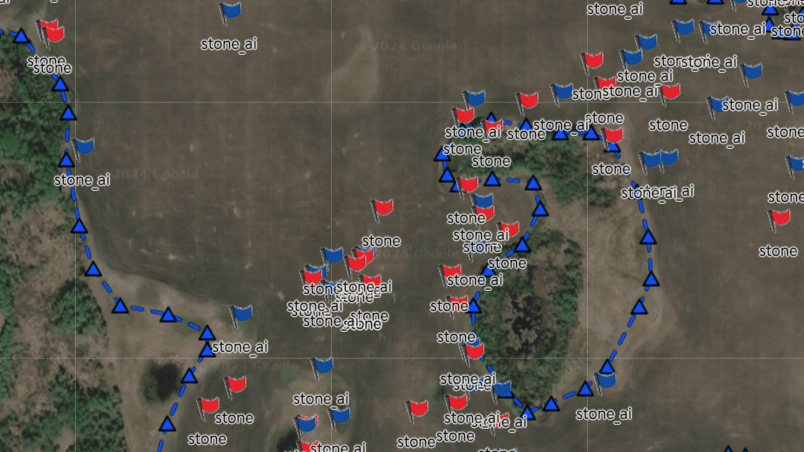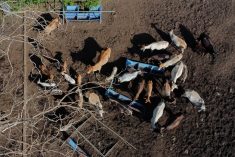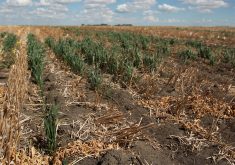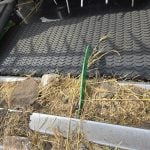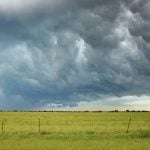The doctor and nursing shortage is a critical problem in rural areas, say health-care professionals.
The Canadian Medical Association and Society of Rural Physicians recently said rural Canada needs another 1,650 rural doctors.
Medical school enrolment would have to increase by 25 percent to train enough doctors for the future needs of rural practices, said CMA president Hugh Scully.
Statistics Canada says 6.4 million Canadians live in rural areas, where 4,775 general practitioners serve them. The number of rural doctors has decreased by 15 percent since 1994.
As the Alberta population approaches the three million mark, the province has freed up more money to train and hire more doctors and nurses for every health region.
Read Also
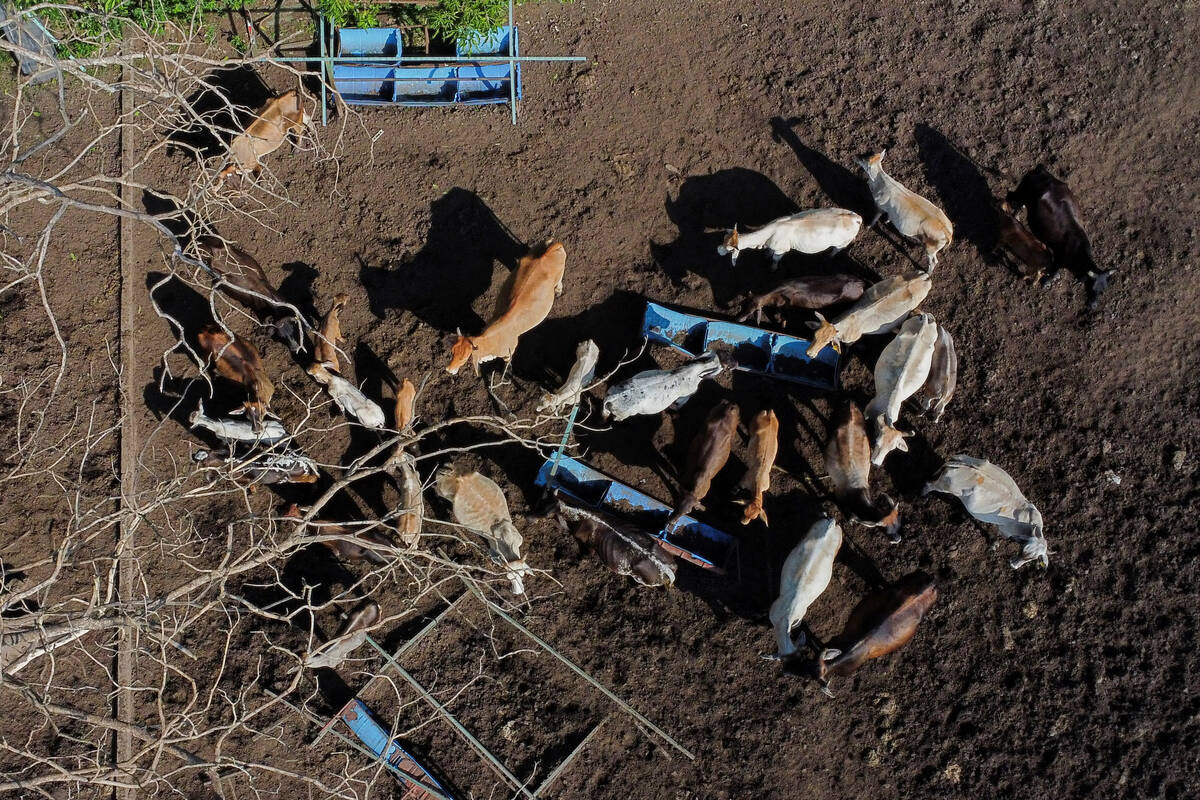
Cattle smuggling worsens outbreak in Mexico
Cattle being smuggled across Mexio’s southern border are making a screworm outbreak much more difficult to control.
Alberta Health figures report there are 747 nurses and 162 doctors per 100,000 Albertans. This is a decline from 1993 when there were more than 800 nurses per 100,000 people.
Health minister Halvar Jonson said the province must increase the number of doctors by 333 immediately and by 1,300 within five years to meet the demand for medical care in 2005.
An extra $15 million was added to the current budget to pay for the full-time equivalent of another 170 doctors coming to Alberta. The budget for doctors is $963 million for this fiscal year.
Nearly $2 million has been earmarked to boost the number of medical residents in teaching hospitals.
Earlier in January, the provincial government announced plans to add 200 additional spots in the post-secondary nursing program.
“This decision, however, will not address the current serious shortage of nurses. It is unclear at this time as to the impact the increased numbers will have in the future,” said Louise Rogers, president of the Alberta Registered Nurses Association.
The association maintains that the solution to the nursing shortage is to implement a co-ordinated recruitment campaign. The health regions must also retain those who are already in the field and retrain those who have left.
AARN statistics show that among 24,000 RNs in Alberta, only 85 describe themselves as currently seeking employment in nursing.
“Our current shortage of nurses has been caused by years of underfunding, layoffs and poor working conditions,” said Rogers.
The association statistics showed between 1995 and 1997, one in 10 nurses moved to the United States. One in three interviewed said they would not choose nursing as a career again.
Nurses recently graduating from a university nursing degree program may have $40,000 in student loans to repay. When Texas recruiters offer up to $10,000 in signing bonuses, the choice is easy for many.
In 1999 there were 987 people enrolled in eight nursing programs across the province.
– DUCKWORTH

